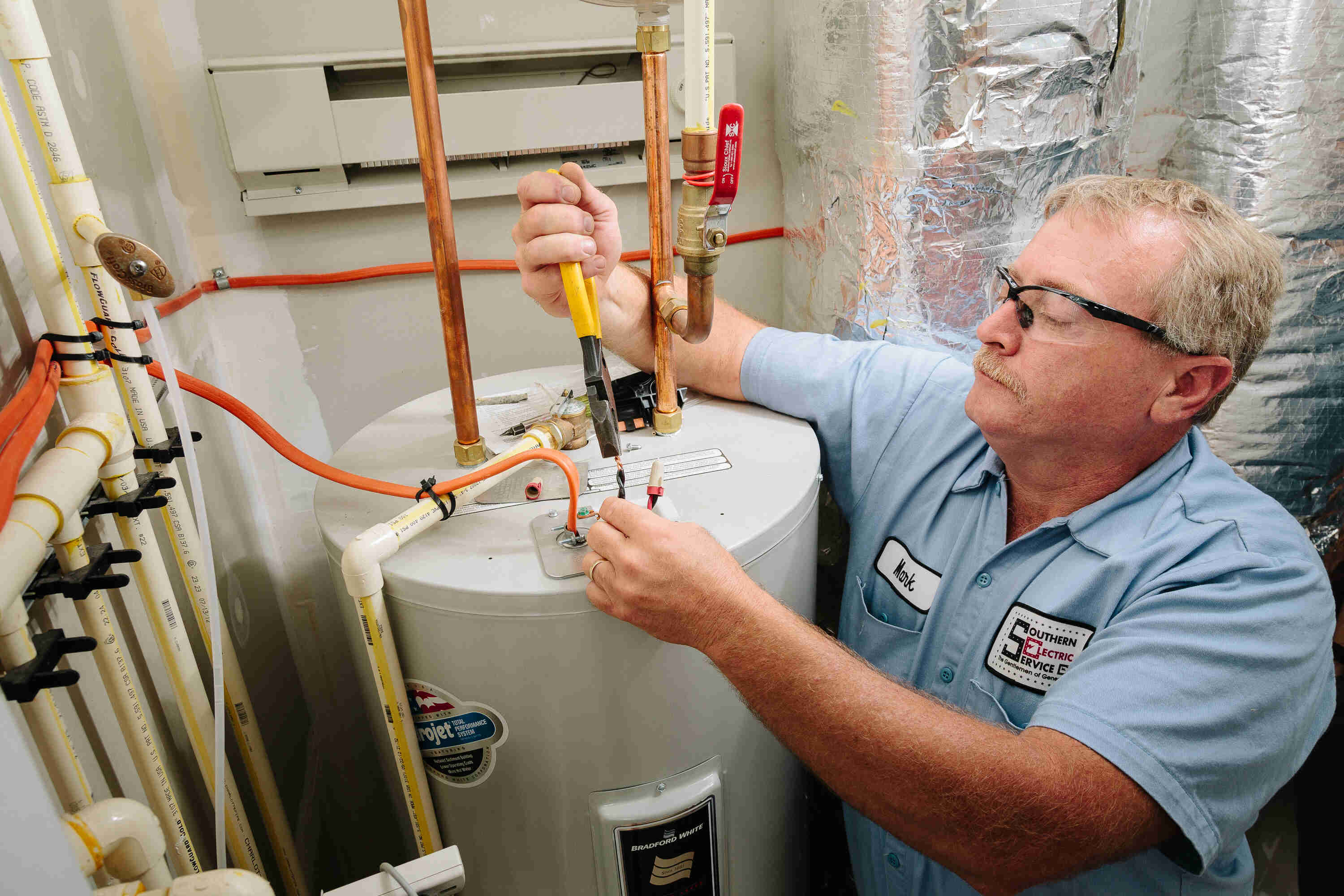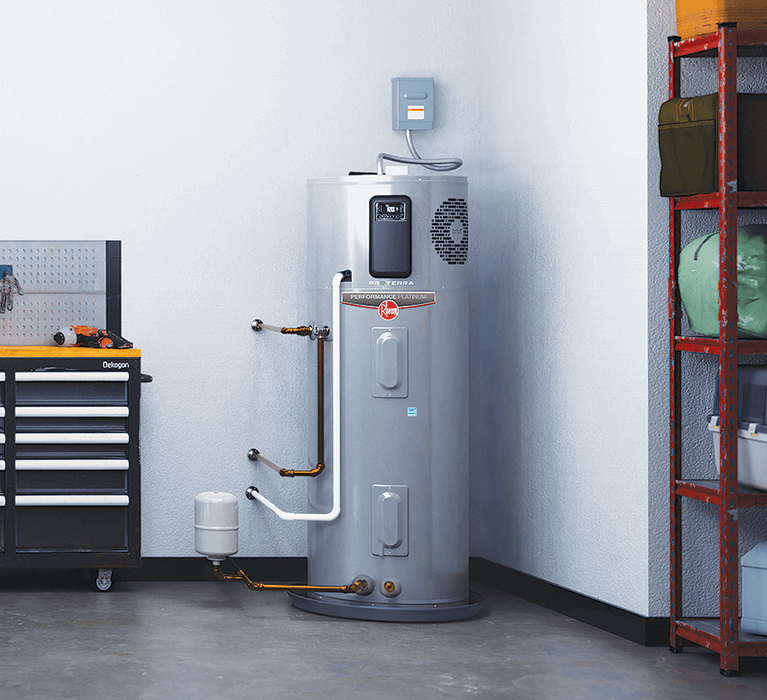What are your concepts on Tips For Maintaining Your Hot Water Heater?

Warm water is vital for day-to-day comfort, whether it's for a rejuvenating shower or washing recipes. To guarantee your hot water system runs effectively and lasts longer, routine maintenance is key. This post supplies functional ideas and insights on just how to keep your home's hot water system to prevent interruptions and expensive repair services.
Introduction
Maintaining your home's hot water system may seem challenging, but with a couple of straightforward steps, you can guarantee it operates efficiently for many years to find. This overview covers whatever from recognizing your hot water system to do it yourself upkeep ideas and recognizing when to employ professional help.
Relevance of Maintaining Your Hot Water System
Normal maintenance not just prolongs the life-span of your hot water system yet also guarantees it runs effectively. Neglecting maintenance can lead to reduced performance, higher energy expenses, and even early failing of the system.
Indicators Your Warm Water System Needs Upkeep
Recognizing when your hot water system requires focus can protect against significant issues. Watch out for indicators such as inconsistent water temperature, strange sounds from the heater, or rustic water.
Recognizing Your Hot Water System
Prior to diving right into maintenance jobs, it's handy to understand the basic parts of your hot water system. Normally, this consists of the water heater itself, pipes, anode poles, and temperature level controls.
Monthly Upkeep Tasks
Regular monthly checks can assist catch minor issues before they escalate.
Purging the Hot Water Heater
Flushing your water heater removes debris buildup, improving performance and lengthening its life.
Monitoring and Replacing Anode Rods
Anode rods prevent deterioration inside the container. Checking and replacing them when worn is vital.
Evaluating and Adjusting Temperature Setups
Adjusting the temperature level settings makes sure optimal efficiency and security.
DIY Tips for Maintenance
You can perform numerous maintenance tasks yourself to maintain your warm water system in leading problem.
Looking for Leakages
Regularly check pipelines and connections for leaks, as these can lead to water damages and greater expenses.
Checking Stress Relief Valves
Evaluating the pressure relief valve ensures it operates properly and stops excessive pressure build-up.
Shielding Pipelines
Protecting hot water pipes lowers warmth loss and can conserve power.
When to Call an Expert
While DIY maintenance is advantageous, some problems call for specialist know-how.
Facility Issues Requiring Specialist Help
Instances consist of significant leakages, electrical troubles, or if your water heater is regularly underperforming.
Routine Specialist Maintenance Benefits
Specialist maintenance can consist of complete assessments, tune-ups, and guaranteeing compliance with safety and security requirements.
Conclusion
Normal upkeep of your home's warm water system is vital for effectiveness, durability, and price savings. By adhering to these ideas and knowing when to seek specialist help, you can make certain a trustworthy supply of hot water without unforeseen disruptions.
How to Maintain an Instant Hot Water Heater
Before tinkering with your hot water heater, make sure that it’s not powered on. You also have to turn off the main circuit breaker and shut off the main gas line to prevent accidents. Also turn off the water valves connected to your unit to prevent water from flowing into and out of the appliance. 2. When you’re done, you have to detach the purge valves’ caps. These look like the letter “T†and are situated on either side of the water valves. Doing so will release any pressure that has accumulated inside the valves while at the same time avoid hot water from shooting out and burning your skin. 3. When the purge valves’ caps are removed, you have to connect your hosing lines to the valves. Your unit should have come with three hoses but if it didn’t, you can purchase these things from any hardware or home repair shops. You can also get them from retail stores that sell water heating systems. Read the user’s manual and follow it to complete this task properly. When the hosing lines are connected, open the purge port’s valves. 4. You should never use harsh chemical cleaners or solutions when cleaning your unit. Make use of white vinegar instead. It should be undiluted and you’ll probably use about 2 gallons. 5. Now flush your water heater. This task should probably take about 40 minutes. We can’t give you specific directions for this because the procedure is carried out depending on the type, model and brand of your heater. With that being said, refer to the user’s manual. 6. When you’re done draining the unit, you have to turn off the purge port valves again. Remove the hosing lines that you earlier installed on each of the water valves. Put the valve caps (purge port) back in their respective places and be very careful so as not to damage the rubber discs that are found inside these caps. 7. Now that everything’s back in place, check your user’s manual again to find out how to reactivate your water heating system. 8. Once it is working, turn one of your hot water faucets on just to let air pass through the heater’s water supply pipes. Leave the tap on until water flows smoothly out of it. https://www.orrplumbing.com/blog/2014/september/how-to-maintain-an-instant-hot-water-heater/

Hopefully you enjoyed our topic about How to Maintain a Hot Water Heater in a Few Simple Steps. Thanks for taking a few minutes to browse our blog. Liked our article? Please share it. Let other people locate it. We recognize the value of your readership.
Set An Appointment